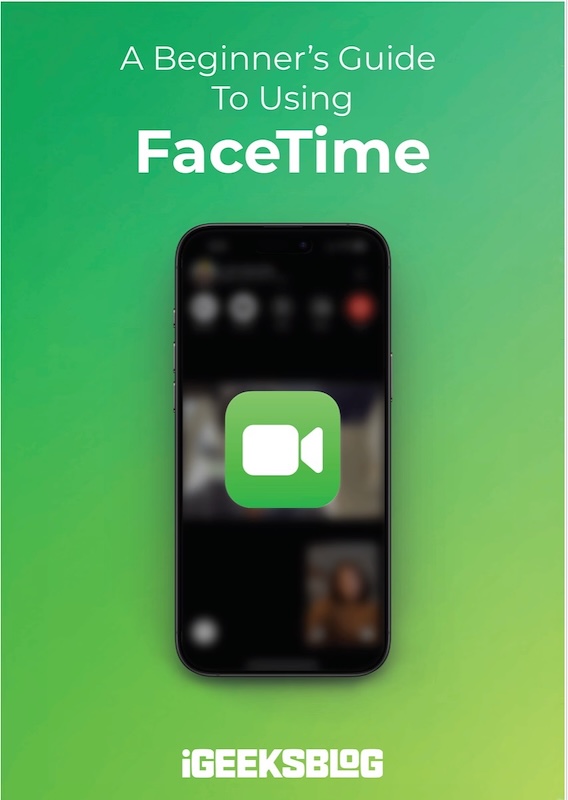
FaceTime Like a Pro
Get our exclusive Ultimate FaceTime Guide 📚 — absolutely FREE when you sign up for our newsletter below.

FaceTime Like a Pro
Get our exclusive Ultimate FaceTime Guide 📚 — absolutely FREE when you sign up for our newsletter below.
Meta's major update merges your AI interactions with ad targeting, shaping your social media experience across all Meta platforms.
Meta is about to make a major change to how it handles your conversations with its AI. Starting December 16, 2025, the company will begin using your chats with Meta AI and other AI features to shape the ads and posts you see across Facebook, Instagram, WhatsApp, and Messenger. Notifications about the update will start going out from October 7, and there’s no way to opt out unless you stop using Meta’s AI tools altogether.
Until now, Meta AI has been free to use across apps and through its standalone site. More than a billion people already use it every month to ask questions, plan trips, generate images, or get directions. Soon, those interactions will become part of the same ad-targeting machine that powers Meta’s business. If you chat with Meta AI about a hiking trip, don’t be surprised when your Instagram fills up with trail posts, Threads serves you boot ads, and Facebook suggests hiking groups.
Meta says sensitive topics like religion, sexuality, politics, health, race, and trade union membership won’t be used for ads. But nearly everything else you say to Meta AI, whether in text, images, or even smart glasses voice interactions, could be fed back into ad personalization. Conversations will also affect ads only if you’re logged into the same account across products.
The change is going into effect globally, but there are big exceptions. Users in the European Union, the UK, and South Korea are excluded for now because of strict privacy laws. Meta has faced years of fines and lawsuits in Europe over its ad practices, and regulators there remain a major obstacle. The company only recently settled a privacy case in the UK over targeted ads. For now, these regions won’t see the new policy.
The answer is simple: ads are Meta’s lifeblood, and AI is its newest weapon. The company has poured billions into generative AI, hiring aggressively and building products like the Meta AI chatbot, the Imagine image generator, and Vibes, its AI-powered video feed. By tying AI directly to ad targeting, Meta is making sure those investments feed into revenue growth. In its latest earnings report, Meta’s ad revenue beat Wall Street expectations by billions, and CEO Mark Zuckerberg credited AI-powered targeting for the surge. He’s already teased future monetization through paid recommendations or subscriptions for heavy AI use.
Meta’s track record with AI guardrails has been shaky. Just months ago, Senator Josh Hawley launched an investigation into reports that Meta AI chatbots engaged in inappropriate conversations with children. The company also drew criticism for letting bots impersonate celebrities without consent. Now, by feeding AI interactions into ads, Meta is doubling down on a model where “free” products come with hidden costs. Meta insists it won’t put ads inside its AI assistant yet, but the foundation is being laid.
Meta isn’t the only tech giant trying to turn AI into money. Amazon plans to push ads into Alexa+, and Google is preparing to add ads to its AI-powered search mode. For now, Google doesn’t use Gemini chat history for ads, a distinction Meta’s critics are likely to point out.
What this means for users is straightforward: your interactions with AI are no longer just conversations. They’re another data stream feeding Meta’s ad machine, influencing what you see across all its platforms. Whether you welcome more relevant ads or worry about your privacy, one thing is clear, this is the new reality of using Meta AI.